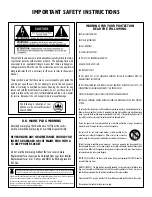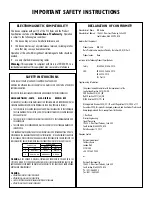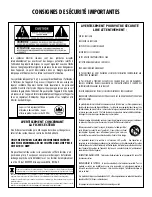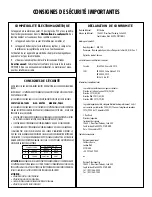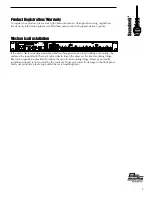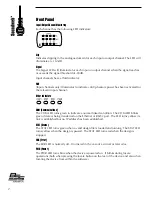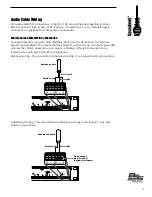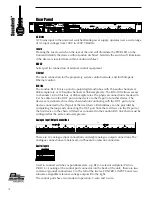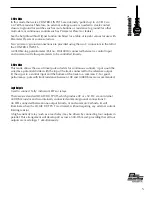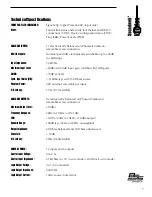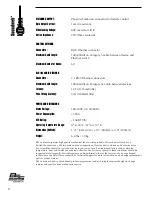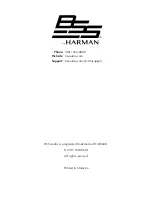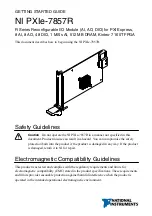
5
2-Wire Mode
In this mode the twelve CONTROL INPUTS are internally ‘pulled up’ to +5V DC via
a 4.7kOhm resistor. Therefore, no external voltage source is needed to create contact
closure to ground for switches such as mute buttons or, resistance to ground (for other
multi-state or continuous controls such as Parameter Presets or faders).
See the help file within HiQnet London Architect for a table of resistor values for use with
Parameter Presets or source selectors.
Two ‘common’ ground connections are provided using the two C connectors to the left of
the CONTROL INPUTS.
A 47kOhm-log potentiometer (Part no. DM10018) connected between a control input
and common will allow parameters to be controlled linearly.
3-Wire Mode
This mode allows the use of linear pots or faders for continuous controls. A pot would be
wired as a potential divider with the top of the track connected to the reference output
R, the wiper to a control input and the bottom of the track to a common C. For good
performance, pots with track resistance between 10K and 100KOhms are recommended.
Logic Outputs
Used to connect ‘tally’ indicator LED’s or relays.
There are six standard LOGIC OUTPUTS which produce 0V or +5V DC via an internal
440 Ohm resistor and two internally connected common (ground) connections C.
An LED connected between one output (Anode, A) and common (Cathode, K) will
illuminate when the LOGIC OUTPUT is activated, without requiring any external current
limiting resistor.
A high sensitivity relay (such as a reed relay) may be driven by connecting four outputs in
parallel. This arrangement will develop 4V across a 500-Ohm coil, providing that all four
outputs are made logic 1 simultaneously.
Содержание BSS Soundweb London BLU-100
Страница 1: ...Soundweb TM London BLU 100 Installation Guide 5033738 E...
Страница 2: ......
Страница 15: ......



